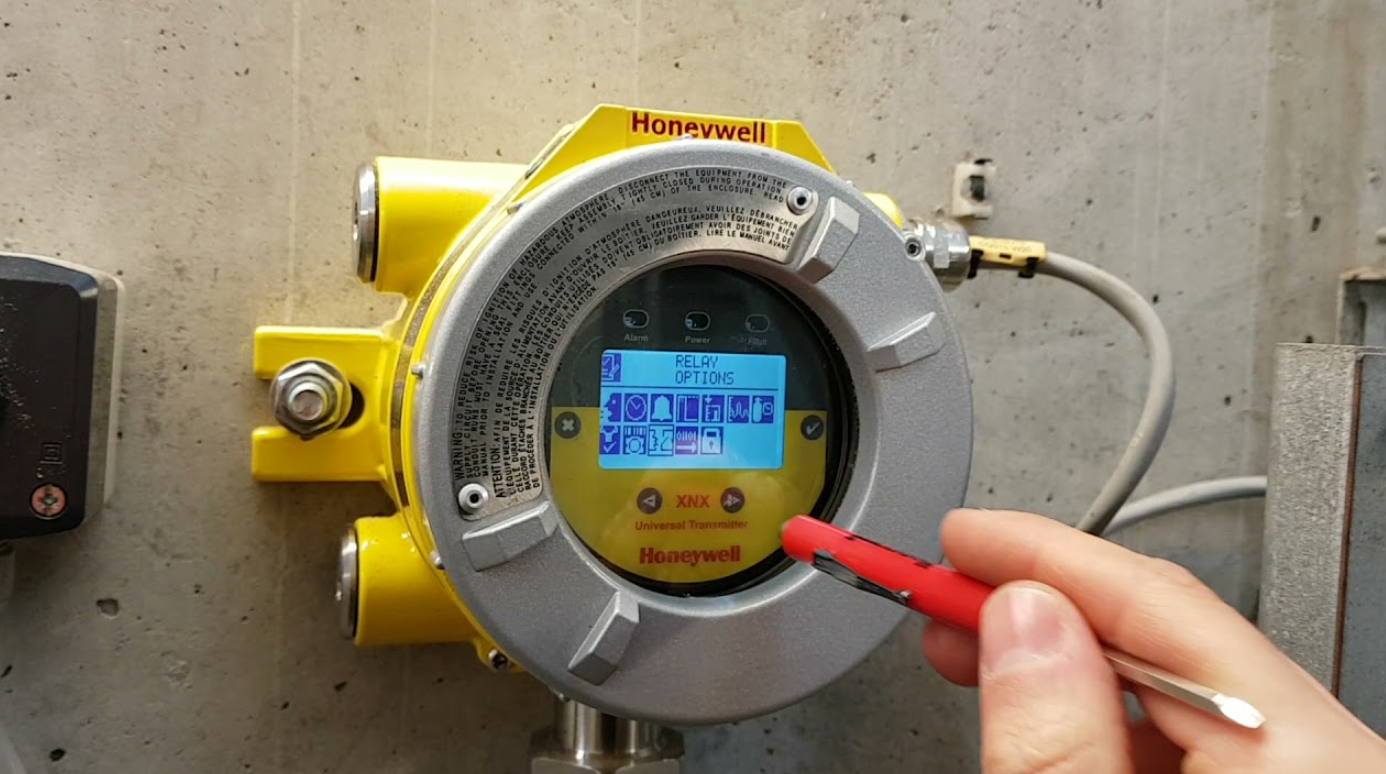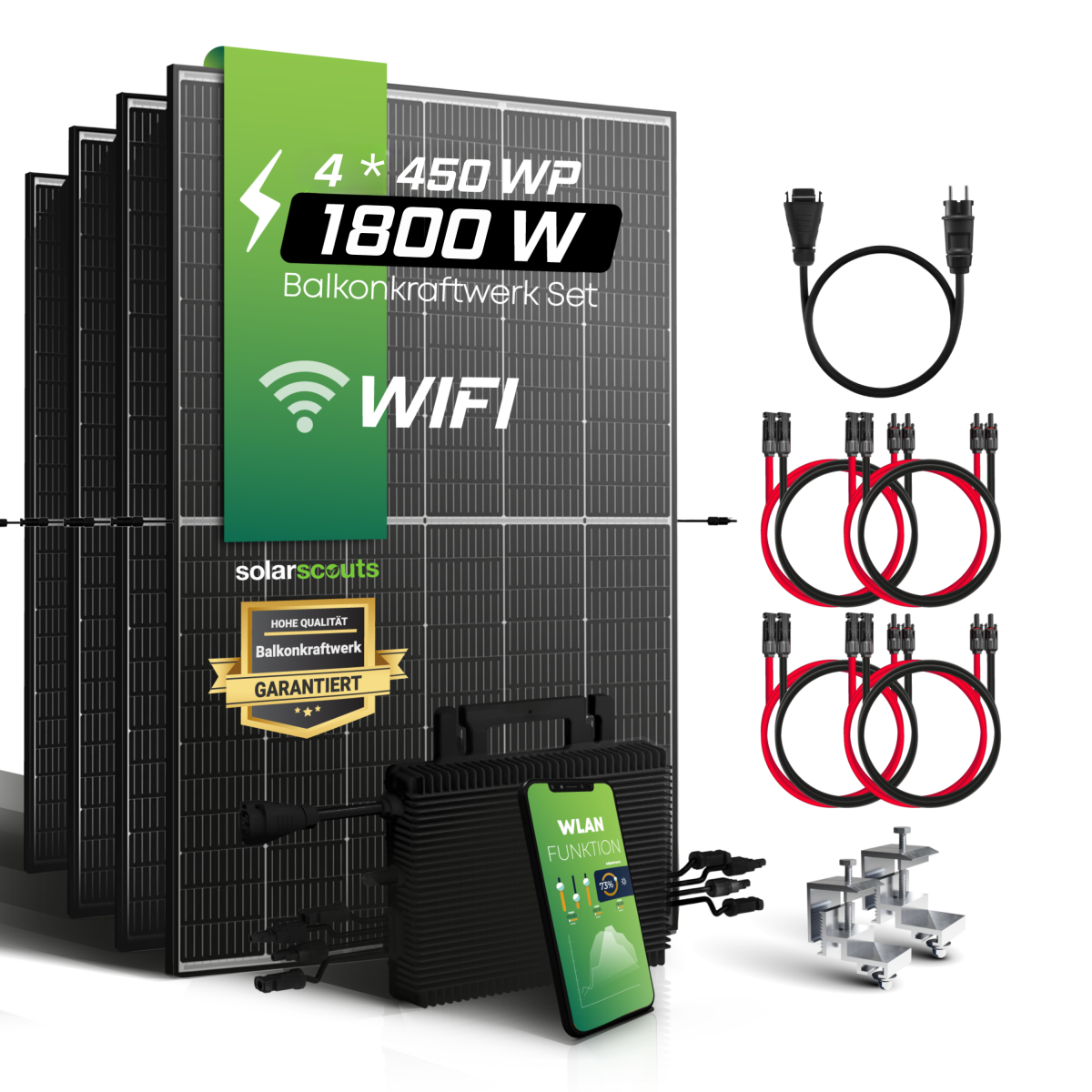The XNX gas detector is one of the most reliable and advanced gas monitoring devices used in industries where gas leaks and hazardous environments are a concern. Whether in oil and gas plants, chemical factories, or confined spaces, keeping this detector properly calibrated is essential to ensure accurate readings and safety. The XNX gas detector calibration (2023) process remains one of the key maintenance steps for keeping workers and facilities protected.
What is the XNX Gas Detector?
The XNX gas detector is a fixed-point gas detection system developed to detect and monitor multiple gases such as oxygen (O₂), carbon monoxide (CO), hydrogen sulfide (H₂S), methane (CH₄), and other toxic or combustible gases. It can operate with a variety of sensors and communication protocols, making it a flexible choice for industrial environments.
With advanced digital technology and compatibility with various transmitters, the XNX detector ensures real-time monitoring and early warning against gas leaks, preventing accidents and ensuring compliance with safety regulations.
Why Calibration is Important
Calibration is a critical process that ensures the gas detector’s sensor readings are accurate. Over time, environmental factors such as temperature, humidity, and exposure to gases can cause sensor drift. If not recalibrated regularly, the device may give false alarms or fail to detect dangerous gas levels.
Regular calibration ensures:
-
Accurate gas concentration readings
-
Compliance with safety standards
-
Prevention of false alarms or missed detections
-
Prolonged device life and reliability
In industrial settings, even a small error in detection can lead to significant safety hazards, which is why calibration must never be skipped.
XNX Gas Detector Calibration – Step-by-Step Process
Here’s how the calibration of the XNX gas detector is typically performed in 2023:
-
Preparation:
-
Ensure the detector is clean and free from dust or moisture.
-
Check that all power connections are secure.
-
Use certified calibration gas with known concentrations.
-
-
Zero Calibration:
-
The detector is exposed to clean, fresh air to establish a baseline “zero” reading.
-
This step ensures that the device correctly identifies the absence of the target gas.
-
-
Span Calibration:
-
Introduce the calibration gas (for example, methane or carbon monoxide) to the sensor.
-
The detector’s reading is adjusted until it matches the concentration of the calibration gas.
-
This ensures accurate measurement across the detector’s full range.
-
-
Verification:
-
Once calibration is complete, the detector is tested again to confirm accuracy.
-
All data, including the date, gas type, and concentration used, are recorded for compliance.
-
-
Final Check:
-
Ensure the detector returns to normal operation.
-
Remove calibration gas and confirm the reading stabilizes back to zero.
-
Recommended Calibration Frequency
For most applications, the XNX gas detector should be calibrated every 6 months. However, in high-risk or high-temperature environments, more frequent calibration (every 3 months) is recommended.
Regular bump tests — short tests with a small burst of gas — should also be performed weekly or before each shift to verify the detector’s responsiveness.
Benefits of Proper Calibration
-
Safety Assurance:
Calibration ensures early detection of dangerous gases, preventing potential accidents. -
Cost Savings:
Accurate readings help avoid shutdowns or false alarms that could disrupt operations. -
Regulatory Compliance:
Many safety regulations and standards (such as OSHA and ISO) require regular calibration records for gas detectors. -
Improved Longevity:
Well-calibrated devices last longer and perform more reliably over time.
Common Calibration Gases Used
The type of calibration gas depends on the gases the detector is designed to sense. Some common calibration gases for XNX detectors include:
-
Methane (CH₄) – for combustible gas sensors
-
Carbon Monoxide (CO) – for toxic gas detection
-
Hydrogen Sulfide (H₂S) – for safety in oil and gas fields
-
Oxygen (O₂) – for confined space monitoring
Each calibration gas must be used at the proper concentration as specified by the manufacturer for accurate calibration.
Before and After Calibration – Performance Difference
Before Calibration:
-
Sensor readings may drift or become inaccurate.
-
Possible failure to detect hazardous gas concentrations.
-
Increased risk of false alarms or unsafe working conditions.
After Calibration:
-
Accurate, reliable, and stable readings.
-
Improved safety and compliance.
-
Confidence in the system’s performance during critical operations.
2023 Updates and Improvements in Calibration Techniques
In 2023, gas detection systems like the XNX have integrated digital calibration technologies. Many units now allow remote calibration and diagnostics, reducing downtime and manual effort. Modern sensors also feature auto-calibration reminders and data logging, making it easier to maintain accurate performance over time.
These advancements have simplified maintenance routines while ensuring that safety standards remain high.
Tips for Effective XNX Calibration
-
Always use certified calibration gas cylinders with a valid expiry date.
-
Perform bump tests regularly between calibration intervals.
-
Record every calibration event in a logbook for compliance purposes.
-
Avoid calibrating in areas with high wind, humidity, or contaminants.
-
Follow the manufacturer’s calibration procedure precisely for best results.
Final Thoughts
The XNX gas detector calibration (2023) process plays a vital role in ensuring workplace safety and operational accuracy. By maintaining regular calibration schedules and following correct procedures, companies can prevent gas-related incidents and extend the life of their detection systems.
Whether used in refineries, industrial plants, or confined spaces, a properly calibrated XNX gas detector ensures one thing above all — safety and peace of mind for everyone on-site.











